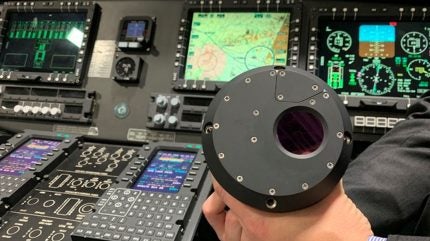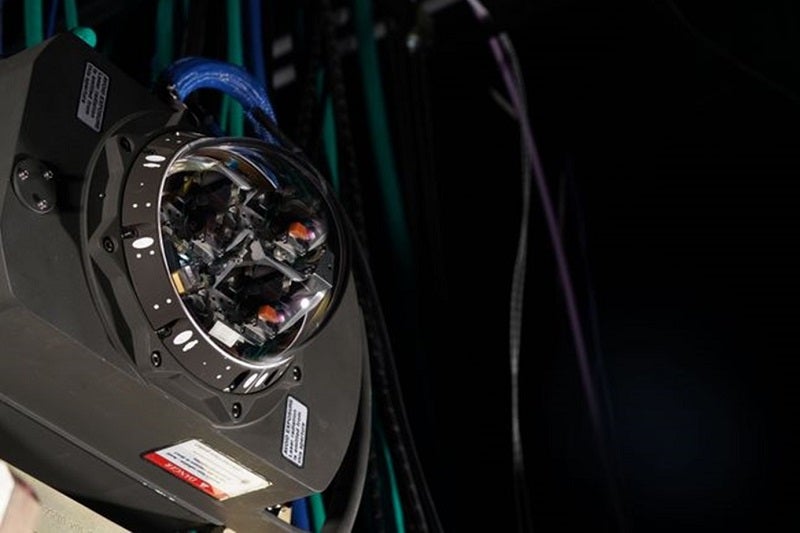
Northrop Grumman have revealed a major part of their solution to the US Army’s Improved Threat Detection System (ITDS) programme.
The prime confirmed its solution will feature the Advanced Tactical Hostile Engagement Awareness (ATHENA) sensor in statement made on 26 August 2024.

Discover B2B Marketing That Performs
Combine business intelligence and editorial excellence to reach engaged professionals across 36 leading media platforms.
ATHENA is a next-generation missile warning sensor providing constant, 360-degree situational coverage from a host platform. Ultimately, the Army aim to advance the threat warning capability it uses on its aviation units.
ITDS competition
On 19 July 2024, the service selected Northrop Grumman and Lockheed Martin, two leading players in the US defence industrial base, to come up with a demonstrable solution as well as a maturation effort to this end.
ITDS is currently funded and approved for Phase One of the other transaction authority effort to evaluate vendor solutions and technical maturity. The initial technology demonstration builds on multiple ‘Sensor Rodeo’ industry demo events and independent government assessments. It will focus on design maturation, demo testing, sensor characterisation and flight test, digital simulation modelling assessments, aircraft integration strategies and technical readiness.
Colonel Brock Zimmerman has commented: “This critical capability is required for Army aviation to maintain overmatch against near-peer threats and enables advanced tactics through increased detection range, improved detection in clutter…”

US Tariffs are shifting - will you react or anticipate?
Don’t let policy changes catch you off guard. Stay proactive with real-time data and expert analysis.
By GlobalDataUS Army aviation platforms are increasing their range. Currently, the Army is pursuing a future long range assault aircraft, a tilt-rotor helicopter that is potentially capable of doubling the speed and range of existing military rotorcraft. Such a platform will prove useful in the context of future logistical challenges that the US Armed Forces will face in a prospective conflict with China in the Indo-Pacific theatre.
At the beginning of August 2024, the Army approved the concept, launching the engineering and development phase of the programme for the original equipment manufacturer, Bell Textron Inc.
ATHENA features
The ATHENA sensor provides high-resolution, surround video and wide-band threat detection that can quickly geolocate incoming Electro-Optical and Infrared threats.
What sets ATHENA apart, the supplier says, is the suite’s increases in resolution and processing power. In operational terms, these advances translate to additional time for users and survivability systems to address threats and greater manoeuvrability.
Besides a range of infrared guided missiles, ATHENA can also detect hostile fires and anti-tank guided missiles.

According to the manufacturer, onboard processing provides actionable information while preserving mission computing resources for other functions.
This processing power, combined with advanced software that is updated easily to address changing mission requirements, allow for more survivability capabilities.





